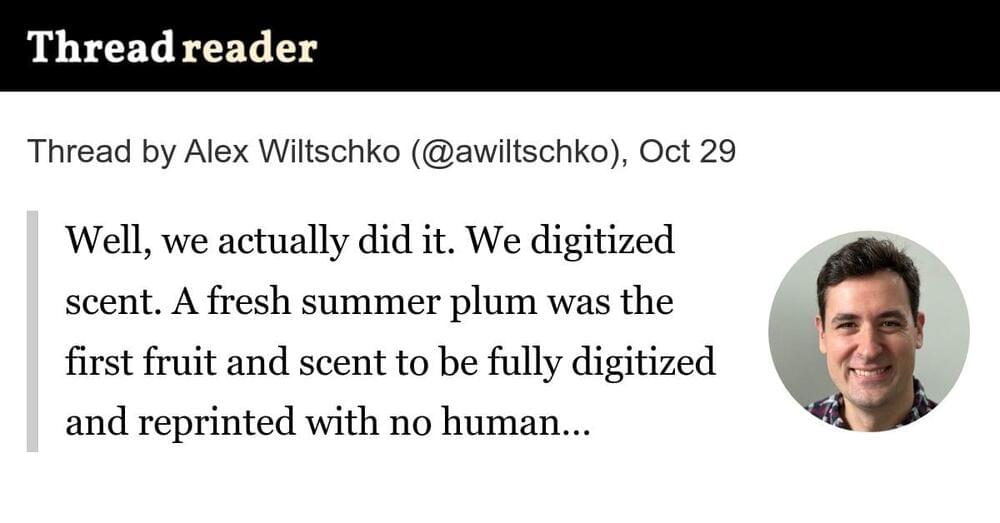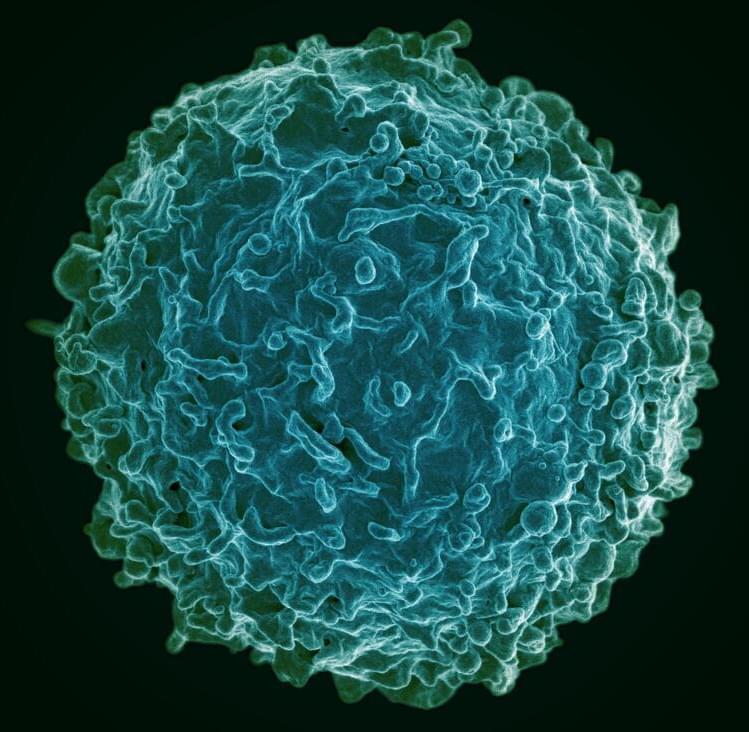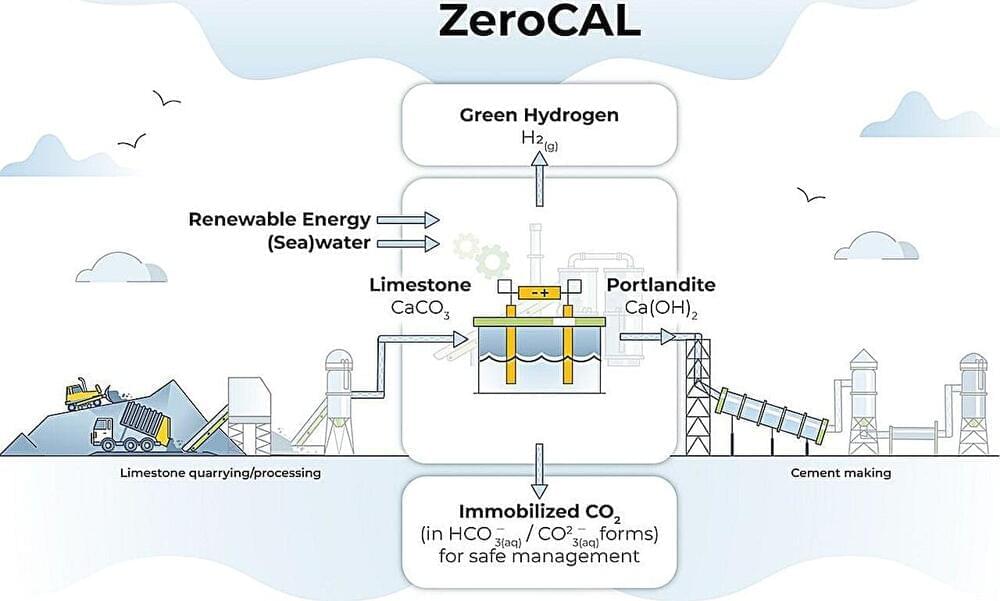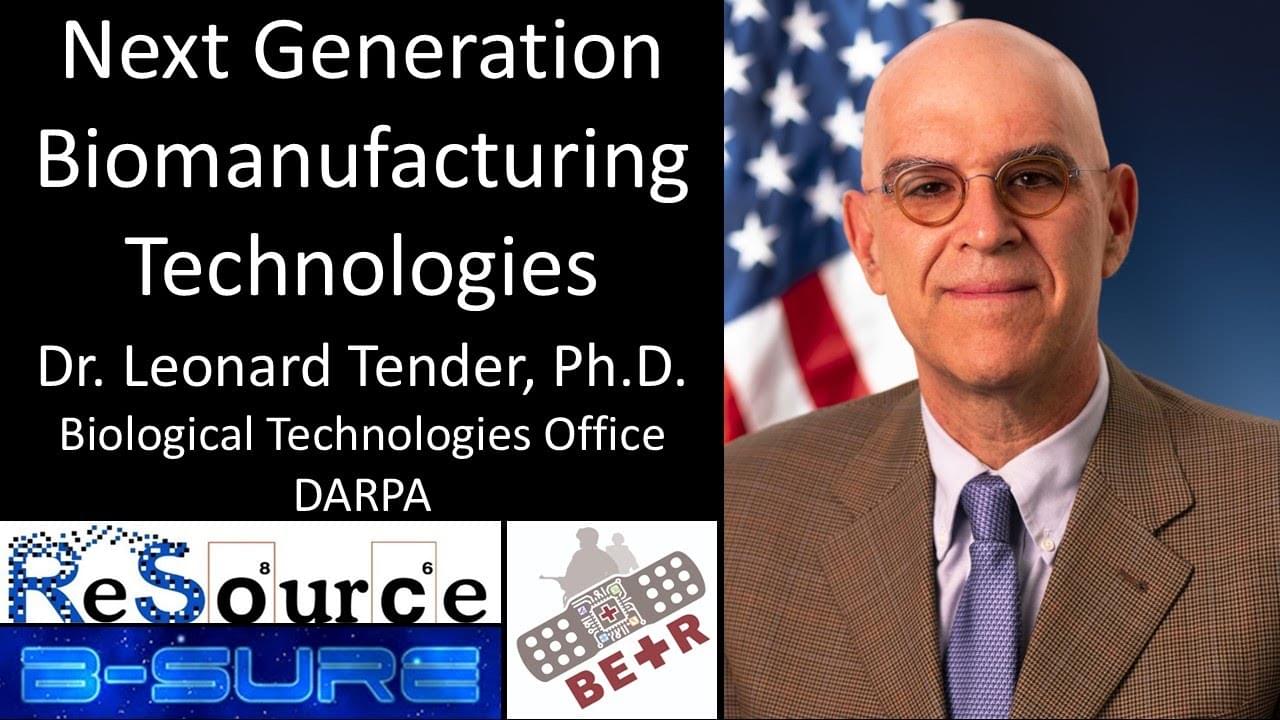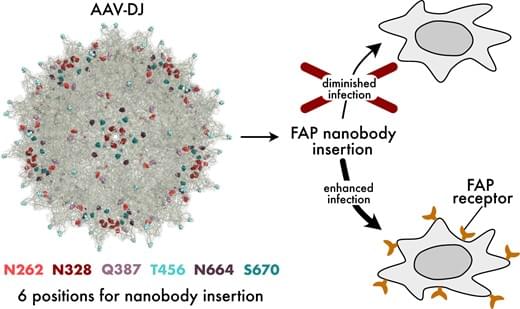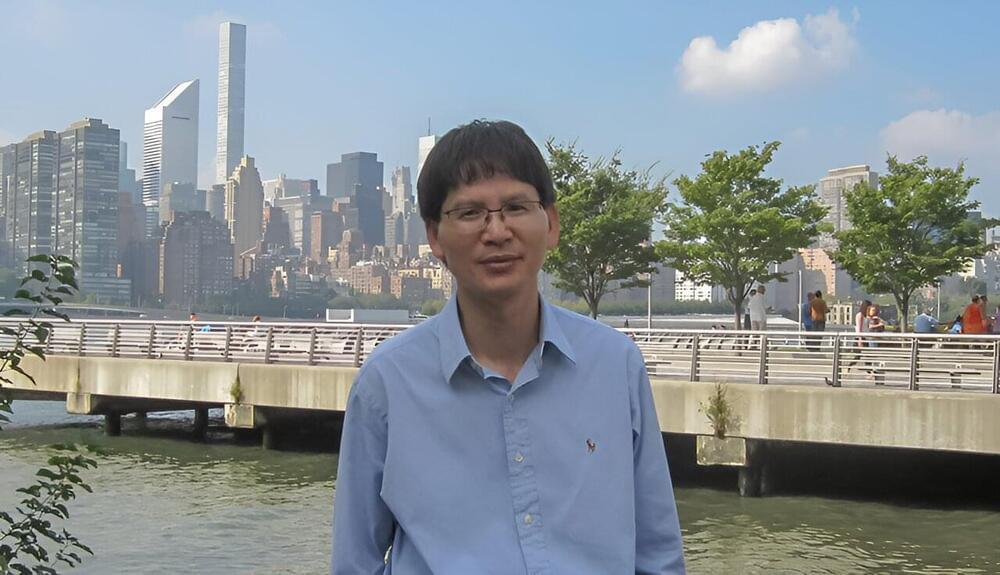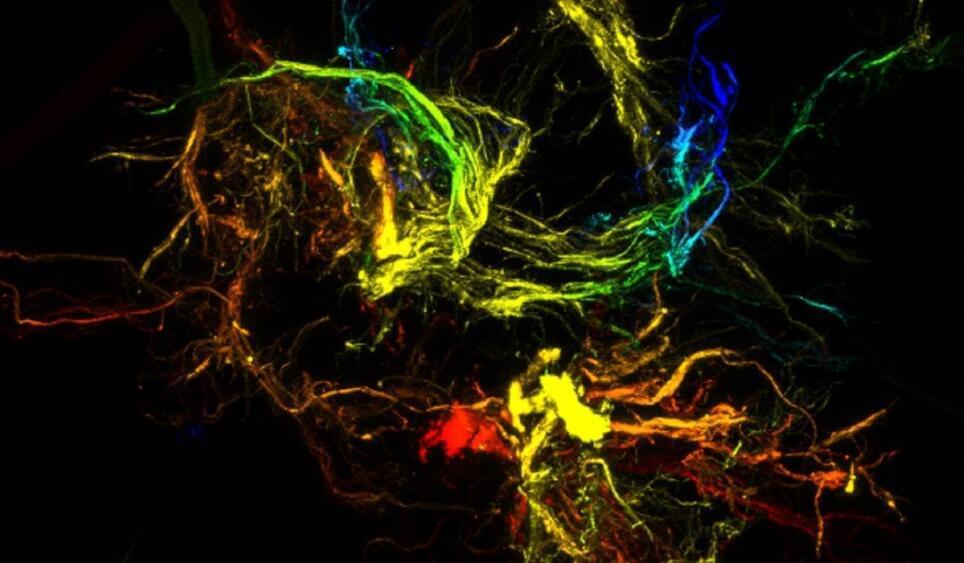Oct 31, 2024
Thread by @awiltschko on Thread Reader App
Posted by Jose Ruben Rodriguez Fuentes in categories: engineering, transportation
Thread#showTweet data-screenname= awiltschko data-tweet=1851327552490733686 dir= auto Well, we actually did it. We digitized scent. A fresh summer plum was the first fruit and scent to be fully digitized and reprinted with no human intervention. It smells great.
Holy moly, I’m still processing the magnitude of what we’ve done. And yet, it feels like as we cross this finish line we are instantly at a new starting line. I’ll have more to share about what’s in store that we’re building on top of this.
A huge HUGE congrats to the entire team across scientific, engineering, operational, and creative disciplines. It takes a village named Osmo to do this.
